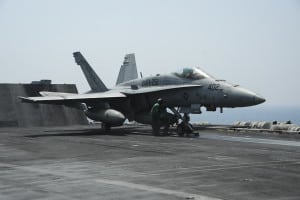
Not since 2012 has the Marine Corps had enough available aircraft to provide pilots the minimum monthly flight hours to maintain basic proficiency.A combination of high operational tempo, aging aircraft and insufficient funding resulted in less than half the service’s aircraft – rotorcraft and fixed-wing – able to fly when last officially measured, according to Lt. Gen. Jon Davis, deputy commandant for aviation.On Dec. 30 the Marine Corps owned 1,065 total aircraft and just 439 were ready basic aircraft (RBA),…

 By
By 











